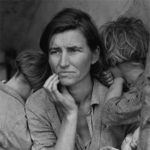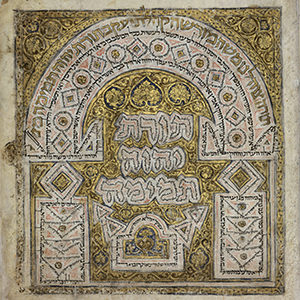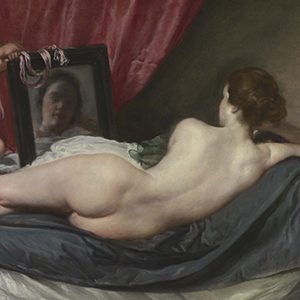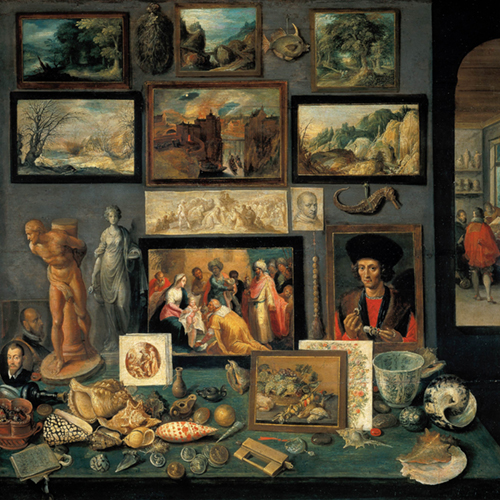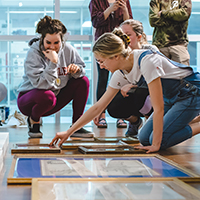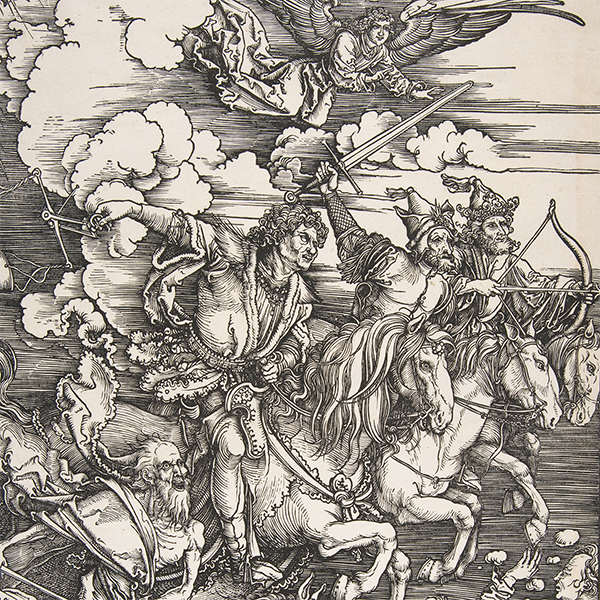 |
ARH3612–01 Visual Cultures of the Americas
Sheila Scoville
M/W 6:35–7:50 pm, WJB G40
World Arts. This course is an interdisciplinary, hemispheric investigation of the art and visual cultures generated through the complex historical exchange among Indigenous, European, African, and Asian societies and peoples. Critical for an understanding of the colonial and modern world, the class highlights not only the richness of America’s Indigenous cultures, but also the dialogue that these cultures share with the rest of the world. This course introduces students to the arts of the Americas (particularly those of Indigenous peoples) and the methodological and theoretical foundations for the hemispheric study of American cultures from the ancient period to the present. |
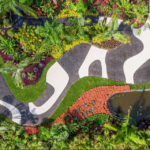 |
ARH 3930–01 Modern Art & Architecture of Brazil
Julia Kershaw
T/R 4:50–6:05 pm, WJB G40
This course examines modern art and architecture in twentieth-century Brazil with attention to histories of modernisms, processes of modernity, urbanism, and decolonial discourse. Topics include, among others: the international reception and controversies surrounding the building of Brasília and the growth of other metropolitan areas, trajectories of figural and abstract art, and the role of activism in participatory art.
|
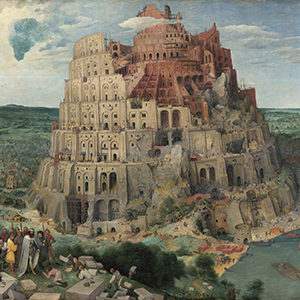 |
ARH 3930–02 Introduction to Arts of the Renaissance
Emily White
T/R 6:35–7:50 pm, WJB G40
This course is designed to give students an introduction to the European arts from around 1400-1600. The focus will be on presenting major themes of the Renaissance including artistic practices and emerging workshop technologies, architecture, devotional art, patronage in courts, printmaking, and the rise of new genres of representation.
|
 |
ARH 4331 Art of Northern Europe in the Renaissance
Dr. Stephanie Leitch
T/R 3:05–4:20 pm, WJB G40
This course focuses on developments in northern European 15th- and 16th-century art with emphasis on painting and printmaking: Flemish, French, German, and Dutch artists. |
|
|
 |
ARH 4710–01 History of Photography
Dr. Adam Jolles
T/R 9:45–11:00 am, G40 WJB
This course surveys the history of Western photography from the invention of the medium in the mid-19th century to the present day. We approach photography as an evolving medium that undergoes a series of technical transformations that radically alter its capacities, its significance, and its historical trajectory. We will examine its artistic, documentary, commercial, journalistic, juridical, and scientific applications, as well as its proliferation among both amateurs and professionals. We emphasize the close study of images and critical texts by both photographers and critics alike. Prior experience in photography is not required.
|
 |
ARH 4884–01 Walt Disney & the American Century
Dr. Robert Neuman
T/R 1:20–2:35 pm, WJB 2041
This course considers Disney and his company in relation to art, society, and politics during the twentieth century. Special attention is paid to Disney’s contributions in the realms of film, architecture, and the theme park. Through assigned readings and visual material such as cartoons and documentaries, the course assesses the relationship between high art and popular art and evaluates Disney’s impact on the production and consumption of leisure.
|
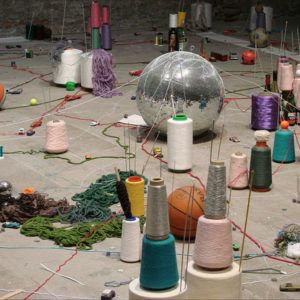 |
ARH 4933–01 Global Contemporary Art
Dr. Tenley Bick
T/R 11:35 am–12:50 pm, WJB G40
Pre-requisites: ARH 2051 and 3000- or 4000-level coursework in modern and contemporary art. Conceived as a sequel to ARH 3473 Introduction to Modern and Contemporary Art.
World Arts. What is “global contemporary art”? Often used as a catchall term for art of the present in a global context, meant to include art from around the world and art engaged with global circulation, thinking, and subject positions, the term emerged in acknowledgment of the distinctive connectedness of the world in the post-Cold War, digital age and artists’ responses to it. The complicated term and subfield of art historical study tends, however, to present contemporary art as a universalist field of global, formal artistic currents that bridge historical constructions of “West” and “non-West.” In so doing, it risks inattention to local histories as well as other world divisions and power struggles that persist or arose anew after 1989. Examining these tensions, this upper-division lecture course investigates global contemporary art as a rich field of art historical study and exciting discourse of methodological debate.
|
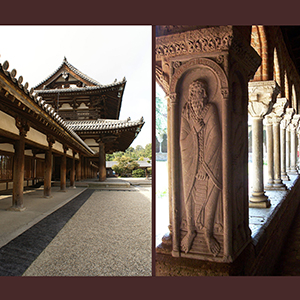 |
ARH 4933–02 Monastic Art & Architecture
Dr. Kyle Killian
MWF 1:20–2:10 pm, WJB 2041
World Arts.
This course will cover the making of art and the experience of architecture in monastic contexts across the globe. Monastic communities have been the primary producers of art in many parts of the world and at many points in history. We will engage with similarities and differences engendered by the specific cultural contexts of these art producing communities.
|








